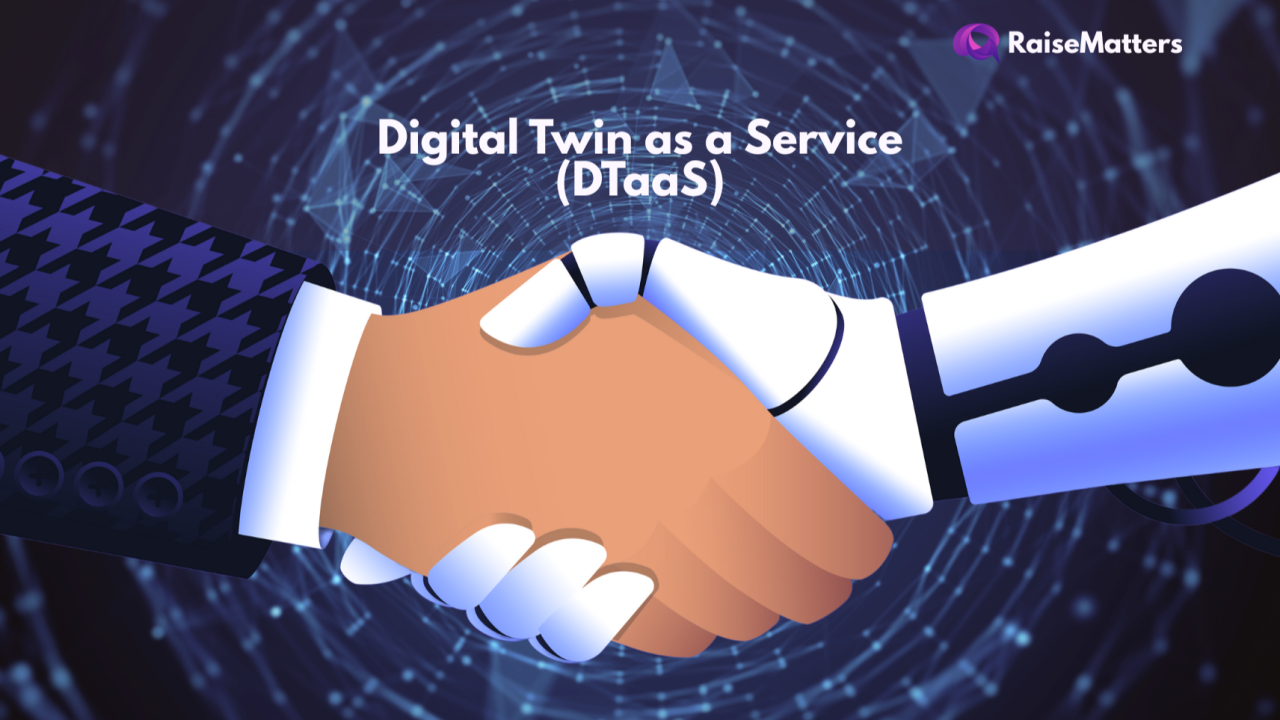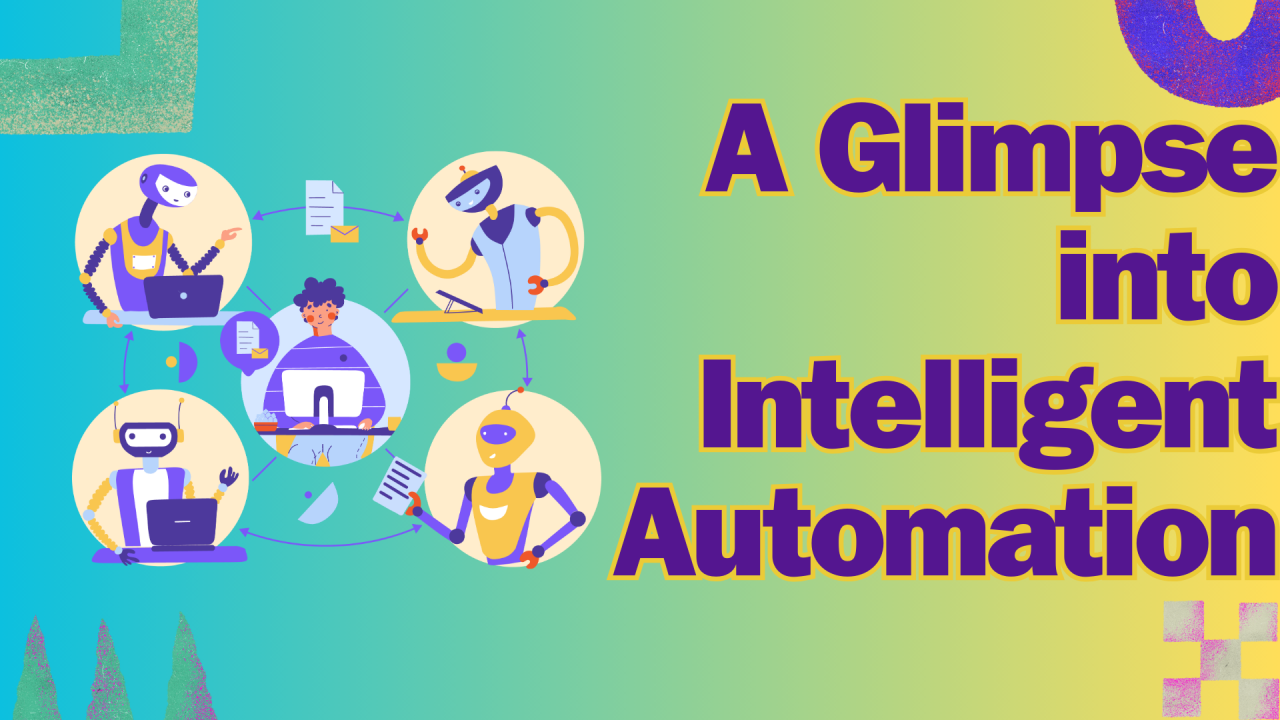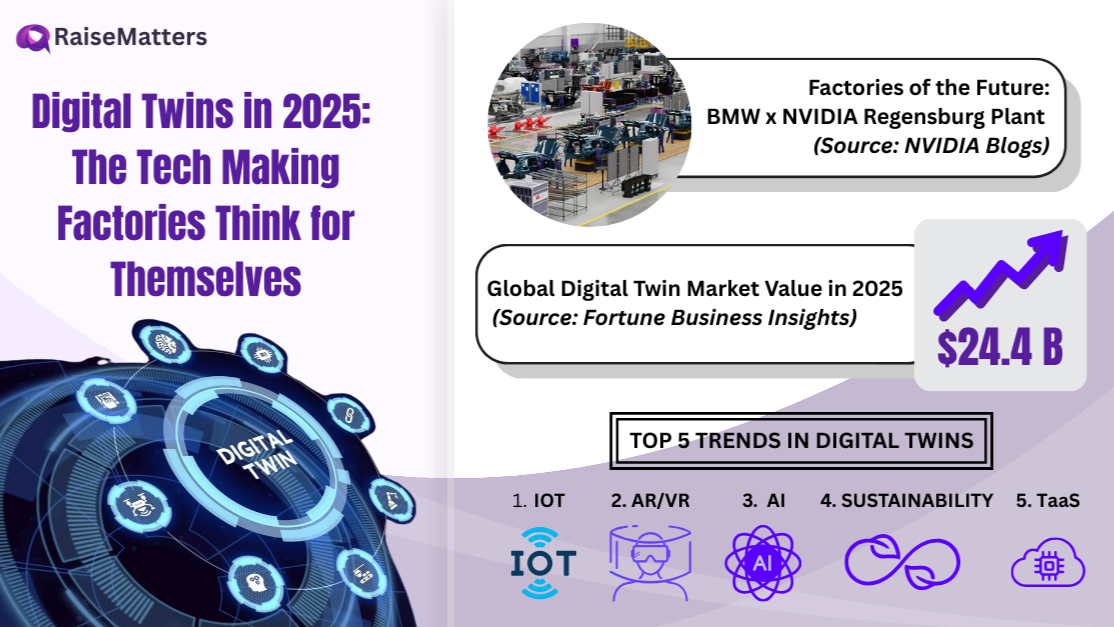This shift is particularly relevant in 2025, where trade tensions between major economic blocs, including the US-China tech divide and tariff escalations between the EU and India, have begun to reshape the global supply chain logic. These pressures have sparked a growing wave of digital regionalization, where enterprises strive to become less dependent on single geographies or providers, and more adaptive to fast-changing policies.
They’re rethinking dependencies, seeking supply chain alternatives, and asking a critical question:
How do we collaborate, plan, and simulate together — when the real world is becoming harder to navigate?
A Brief Look at the Trade War Backdrop
2025 has seen renewed flare-ups in global trade tensions. Recent IMF estimates warn that prolonged trade fragmentation could shave 1.2% off global GDP over the long term (IMF, April 2025). The European Union and G7 nations have cautioned against over-reliance on global supply chains, and countries like India, Mexico, and Vietnam are seeing trade realignments in their favor.
Tariff hikes, restricted exports of critical technologies (like semiconductors), and retaliatory tax structures are pushing companies to rethink how they operate, not just physically, but digitally.
This decoupling is not just affecting tariffs and commodity flows, it’s fundamentally changing how companies think about collaboration, resilience, and data sovereignty. In this uncertain context, Digital Twin as a Service has emerged as a stabilizing force.
What is DTaaS and Why Now?
At its core, DTaaS offers companies access to scalable, cloud-based digital twin platforms without requiring massive upfront IT investments. Unlike traditional digital twins that are built in-house and integrated tightly into on-premise systems, DTaaS models are hosted in the cloud and delivered as-a-service by providers making it scalable, accessible, and collaborative, opening the doors for global teams, partners, and vendors to co-design, simulate, and respond together.(GlobeNewswire).
This means manufacturers, insurers, retailers, and logistics companies can now simulate and collaborate across borders without relying on a single region’s infrastructure, or risking compliance breaches due to data localization laws.


In a world shaped by disruption, DTaaS empowers supply chains to think, adapt, and respond—turning data into resilience and complexity into clarity.
Key differentiators include:
- Cloud-based scalability: no local infrastructure needed.
- Real-time updates: across locations and stakeholders.
- Secure access control: ensuring IP protection even in cross-border use.
Collaboration Under Constraint
The collaborative nature of DTaaS is what makes it so powerful in today’s fragmented economy. In a typical use case, a digital twin of a production line in Vietnam can be accessed by a design team in Germany, while being monitored in real time by a maintenance unit in Bengaluru. All three teams interact with a shared, synchronized virtual replica, in real time.
This is no longer theoretical. Companies like Unilever and Siemens are using digital twins to co-develop and optimize energy usage models across global plants, reducing operational costs and enhancing coordination (CIO.com).
Meanwhile, BMW has taken its digital twin approach further by building entire virtual factories using NVIDIA’s Omniverse platform, enabling simulation of workflows, robotic movement, and layout planning before physical deployment (WIRED, 2025).
DTaaS as a Buffer Against Disruption
One of the lesser-discussed benefits of DTaaS is its ability to act as a risk buffer:
- Supply Chain Simulation: Enterprises can model what happens when a key supplier is impacted by a tariff or export restriction.
- Regulatory Sandbox: Simulate compliance with data-sharing laws across jurisdictions using DTaaS platforms configured with regional constraints.
- Failover Operations: With cloud redundancy, operations can shift virtually to alternate facilities when geopolitical risks spike.
A recent publication in Advanced Engineering Informatics describes digital twins as “adaptive entities capable of mirroring reality with probabilistic accuracy,” allowing for real-time risk modeling and scenario testing—a capability that’s invaluable in volatile markets (ScienceDirect).
Real-World Applications Accelerated by Trade Pressures
Global Manufacturing & Supply Chain
Multinational manufacturers are using DTaaS to simulate production shifts if a supplier becomes unavailable due to tariffs or sanctions. For example, companies like Siemens and Schneider Electric are integrating digital twins to optimize localized production strategies (Tavus.io).
Financial Services & Insurance
DTaaS isn’t limited to factories. In finance, companies are using digital twins to model entire portfolios and customer ecosystems, allowing cross-department collaboration on risk scenarios and policy design.
The digital twin market for financial services alone is expected to double between 2025–2029, with leaders like IBM, Atos, Microsoft, and Capgemini taking charge (GlobeNewswire).
Product Lifecycle & Global R&D
DTaaS allows cross-border product development teams to simulate performance, test compliance, and co-engineer solutions in virtual environments without shipping a single prototype.
Market Growth: Fuelled by Instability
The DTaaS market isn’t just expanding because of digital transformation, it’s expanding because enterprises need optionality. According to a Tavus AI report, industries like healthcare, insurance, and manufacturing are using DTaaS to enable collaborative diagnostics, predictive maintenance, and decentralized operations. These industries are particularly vulnerable to supply chain fragmentation, making DTaaS a logical solution.
Furthermore, GlobeNewswire reports that the digital twin market in financial services and insurance is expected to double by 2029, with firms like IBM and Capgemini leading the charge not just with data modeling, but with tools for interdisciplinary collaboration in risk, compliance, and advisory roles.
Final Thought: From Speed to Sovereignty
The lesson from our earlier #SpeedSeries was simple; speed comes from visibility and alignment.
In a post-globalization world, where companies must act fast but think long, DTaaS is no longer just a technology trend. It’s a strategy for alignment, resilience, and distributed intelligence.
It allows teams across time zones to collaborate in real-time. It offers a sandbox to model policy shocks before they hit. And most importantly, it gives businesses the power to keep building, even when the world slows down.
In 2025, you don’t need to own the whole system.
You just need a window into it and a twin that works across borders.



